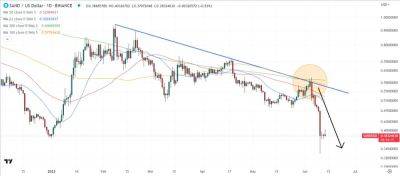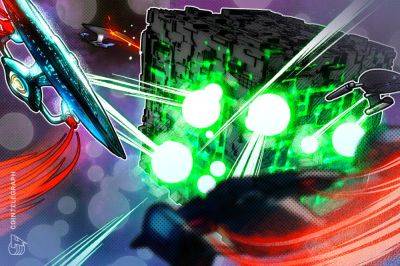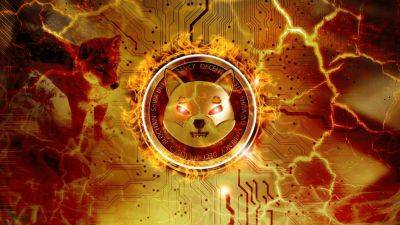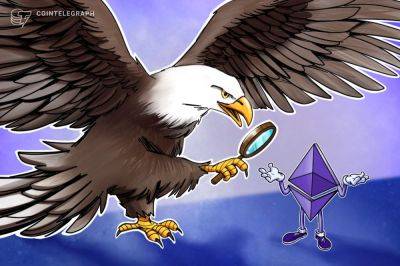Not all virtual worlds are based on fictitious designs — This one replicates Mars
The arrival of the PC was transformative for gaming — avid players could suddenly experience what it’s like to be a pilot, a train driver or even a goat through simulation.
As cutting-edge as this new genre was, it also had its limitations. Powerful graphics cards were needed to ensure the game ran smoothly, and small screens meant players would always be aware they were in the real world.
The advent of virtual reality headsets changed all that. Thanks to this technology, gamers can have a 360-degree view of sitting in a cockpit or piloting a high-speed train from London to Paris. Virtual worlds in the Metaverse can also unlock hyper-realistic, immersive experiences beyond anything players have seen before.
The market for simulation games continues to grow. Meanwhile, figures from Statista suggest total market volume in this genre is set to hit $24.14 billion by 2027.
Simulation games are often appealing because of how they give players a realistic insight into real-world occupations beyond their own. While some virtual lands in the Metaverse are completely fictional — a figment of a designer’s imagination — others are using real-world data to create a canvas that blends interplanetary exploration with the escapism of a fantasy game.
One 3D metaverse game that aims to offer something a little different is Mars4. Here, the virtual landscape that players explore is based on NASA’s data, resulting in a highly detailed map of the red planet’s terrain. This land was then divided into individual plots, represented by nonfungible tokens (NFT).
Source: Mars4
From the comfort of their own homes, Mars4 players can go on expeditions and explore magnificent vistas that lie 140 million miles away. Some of what they’ll be tasked with
Read more on cointelegraph.com






















